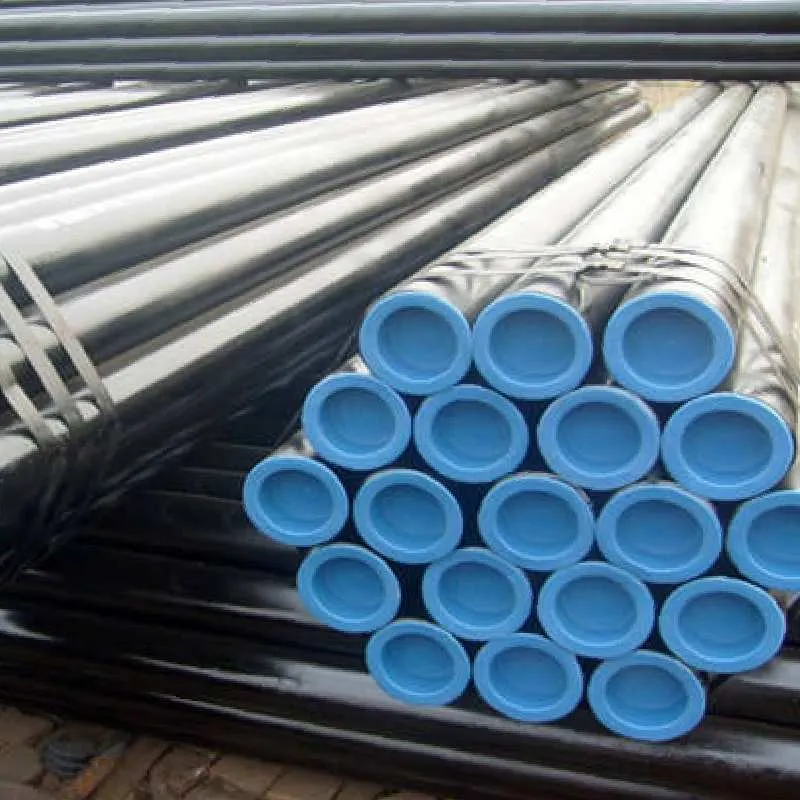-
Cangzhou Yulong Steel Co., Ltd.
-
Phone:
+86 13303177267 -
Email:
admin@ylsteelfittings.com
- English
- Arabic
- Italian
- Spanish
- Portuguese
- German
- kazakh
- Persian
- Greek
- French
- Russian
- Polish
- Thai
- Indonesian
- Vietnamese
- Zulu
- Korean
- Uzbek
- Hindi
- Serbian
- Malay
- Ukrainian
- Gujarati
- Haitian Creole
- hausa
- hawaiian
- Hebrew
- Miao
- Hungarian
- Icelandic
- igbo
- irish
- Japanese
- Javanese
- Kannada
- Khmer
- Rwandese
- Afrikaans
- Albanian
- Amharic
- Armenian
- Azerbaijani
- Basque
- Belarusian
- Bengali
- Bosnian
- Bulgarian
- Catalan
- Cebuano
- China
- China (Taiwan)
- Corsican
- Croatian
- Czech
- Danish
- Esperanto
- Estonian
- Finnish
- Frisian
- Galician
- Georgian
- Kurdish
- Kyrgyz
- Lao
- Latin
- Latvian
- Lithuanian
- Luxembourgish
- Macedonian
- Malgashi
- Malayalam
- Maltese
- Maori
- Marathi
- Mongolian
- Myanmar
- Nepali
- Norwegian
- Norwegian
- Occitan
- Pashto
- Dutch
- Punjabi
- Romanian
- Samoan
- Scottish Gaelic
- Sesotho
- Shona
- Sindhi
- Sinhala
- Slovak
- Slovenian
- Somali
- Sundanese
- Swahili
- Swedish
- Tagalog
- Tajik
- Tamil
- Tatar
- Telugu
- Turkish
- Turkmen
- Urdu
- Uighur
- Welsh
- Bantu
- Yiddish
- Yoruba

Dec . 10, 2024 18:24 Back to list
Stainless Steel Concentric Reducer for Optimal Fluid Flow and Pressure Management
Understanding Stainless Steel Concentric Reducers A Comprehensive Overview
Stainless steel concentric reducers are vital components in piping systems, designed to connect pipes of varying diameters while maintaining a consistent centerline. These reducers serve multiple functions in industrial applications, including managing fluid flow, reducing pressure drops, and accommodating changes in pipe size. This article delves into the significance, properties, and applications of stainless steel concentric reducers.
What is a Concentric Reducer?
A concentric reducer is a type of fitting that allows for a gradual change in the diameter of piping. Concentric reducers feature a symmetrical design, meaning the smaller and larger ends share a common axis. This design ensures a smooth transition from a larger pipe to a smaller one, thereby minimizing turbulence and pressure loss in the system. In contrast, eccentric reducers have a non-symmetrical design that results in a flat edge on one side, often used in horizontal piping to maintain a consistent elevation.
Properties of Stainless Steel
Stainless steel is a popular material for manufacturing concentric reducers due to its unique properties. It offers excellent corrosion resistance, high-temperature tolerance, and exceptional strength. Stainless steel reducers typically come in various grades, such as 304 and 316, each with distinct characteristics.
- Grade 304 Known for its versatility and effectiveness in resisting oxidation and corrosion, grade 304 is commonly used in a wide range of applications, including food processing and pharmaceuticals. - Grade 316 This grade contains molybdenum, enhancing its resistance to pitting and crevice corrosion, making it ideal for marine environments and chemical processing.
Additionally, stainless steel fittings are easy to clean, which makes them suitable for sanitary applications.
Applications of Stainless Steel Concentric Reducers
Stainless steel concentric reducers are widely used in numerous industries due to their versatility. Below are some key applications
1. Oil and Gas Industry In the exploration and transportation of oil and gas, concentric reducers facilitate the flow from large diameter pipes to smaller ones, helping maintain system integrity under varying pressures.
stainless steel concentric reducer

3. Water Treatment In water treatment facilities, concentric reducers help to manage flow rates and pressure, ensuring that systems operate smoothly and effectively.
4. Food and Beverage The sanitary properties of stainless steel material align well with food safety standards, making these reducers reliable for food processing systems.
5. Pharmaceuticals Their high corrosion resistance and cleanability make stainless steel concentric reducers ideal for pharmaceutical manufacturing, where hygiene is crucial.
Advantages of Using Stainless Steel Concentric Reducers
The use of stainless steel concentric reducers presents several advantages
- Durability Stainless steel is known for its long lifespan and resilience against environmental factors, reducing the need for frequent replacements.
- Corrosion Resistance Their ability to withstand corrosive substances ensures reliability and longevity, particularly in harsh environments.
- Efficiency By providing a smooth transition between pipe sizes, these reducers help maintain optimal flow rates, reducing energy costs associated with pumping systems.
- Ease of Installation The standardized sizes and fittings allow for straightforward installation, which can save time and resources during assembly.
Conclusion
In summary, stainless steel concentric reducers play an integral role in various industries, contributing to the safety, efficiency, and durability of piping systems. Their unique properties make them a reliable choice for applications involving changes in pipe diameter, ensuring that processes run smoothly. As industries continue to evolve and expand, the significance of high-quality components like stainless steel concentric reducers will only grow. Whether for oil and gas, food processing, or pharmaceuticals, these fittings remain a cornerstone of modern industrial infrastructure. Understanding their functions and advantages can help industries optimize their operations and maintain high standards of safety and efficiency.
Latest news
-
ANSI 150P SS304 SO FLANGE
NewsFeb.14,2025
-
ASTM A333GR6 STEEL PIPE
NewsJan.20,2025
-
ANSI B16.5 WELDING NECK FLANGE
NewsJan.15,2026
-
ANSI B16.5 SLIP-ON FLANGE
NewsApr.19,2024
-
DIN86044 PLATE FLANGE
NewsApr.19,2024
-
DIN2527 BLIND FLANGE
NewsApr.12,2024
-
JIS B2311 Butt-Welding Fittings LR/SR 45°/90° /180°Seamless/Weld
NewsApr.23,2024
-
DIN2605-2617 Butt-Welding Fittings LR/SR 45°/90°/180° Seamless/Weld
NewsApr.23,2024











